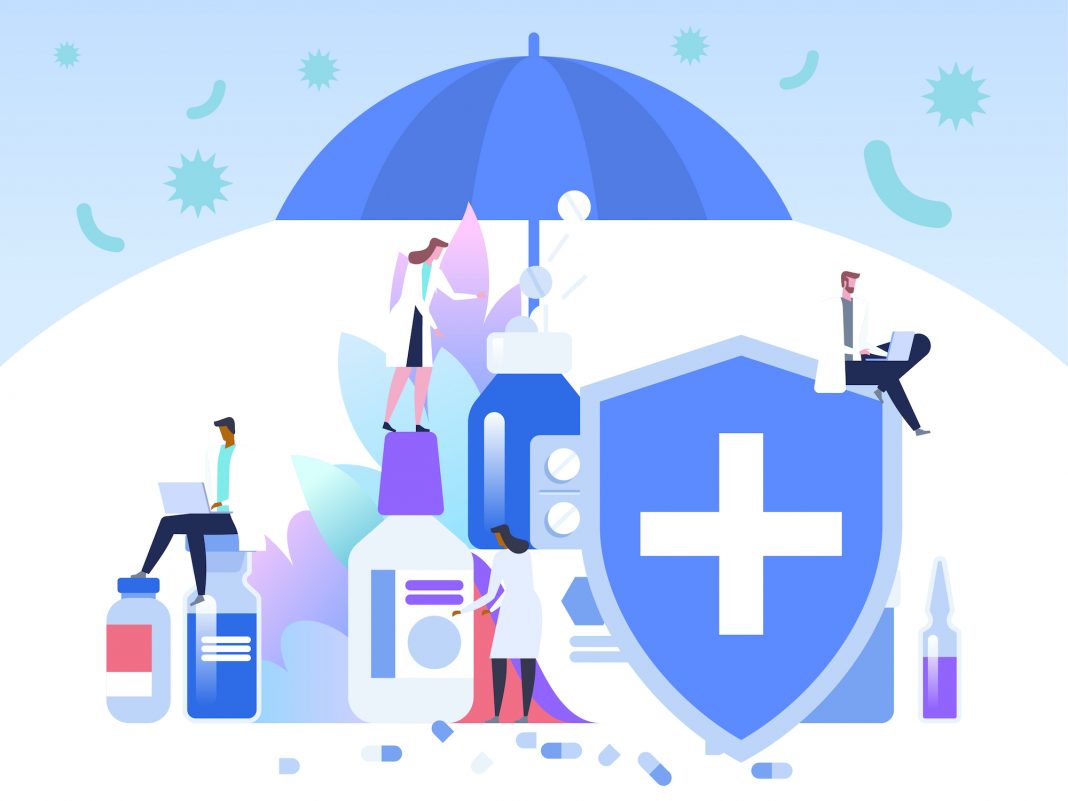Oxana Monge
The volume of financing of the domestic healthcare system is about 3–4% of GDP. With the funding remaining at this level, there is no more talk about any major changes in the drug supply system. In other words, if nothing is changed, the healthcare system will continue to work with the allocated programs and the existing system of preferential medicine assistance, which covers 12% of the country’s population.
Yes, we have targeted oncological and cardiac programs, the Nosologies program list has been expanded, the Circle of Kindness foundation has been established under the patronage of the head of state. But all these tools are aimed at treating chronic diseases either in their acute stage or at a late stage. But prevention or treatment at an early stage is much more effective both clinically and economically.
At the same time, there have been a number of structural problems in the medical supply sector for many years that need to be solved quickly if we do not want the exacerbation of the situation. For example, it is necessary to modernize the assessment of healthcare technologies by getting rid of the rule of zero impact on the budget during the first calendar year upon the inclusion in the Nosologies lists. With the current approach, pharmaceutical companies often face a choice: to reduce the price of an innovative drug below the minimum reference price or not to release the drug to the market at all.
To ensure the duration of the innovation cycle, in which 10 to 25% of the turnover is invested annually, a company must be profitable. And innovations should undergo a comprehensive assessment, based on which the price of the drug will be determined, corresponding to its contribution to ensuring the life expectancy and quality of life of the patient.
Investments in pharmaceutical production and innovation are long-term in nature. For any company entering the market, regardless of whether it is Russian or foreign, the consistency of its policies, the predictability of the market and the regulatory environment, and the guaranteed protection of intellectual property rights, are very important. All these are, first of all, matters of trust. And it’s like an expensive Chinese vase: if broken, it can be glued together, but the cracks will still be visible. The “vase” of pharmaceutical manufacturers’ trust is not broken yet, but the “table” on which it stands is shaking violently.
The pharmaceutical market is feverish for many reasons: first experience of compulsory licensing, numerous examples of systemic violations of patent rights of originators, the closed-door discussion of the “second one out” rule (it suggests that preferences in the competitive procurement of drugs from the list of strategically important medicines will be given to pharmaceutical companies which have localized the full cycle of their production in the EAEU – GxP News), in the way that makes investors and patients themselves feel like the odd one out.
Such initiatives have recently been presented more and more often as a matter of national security, as in the context of the pandemic, companies are divided into “our own side” and “alien”. But remember how effectively we managed to solve issues that we faced as an industry a year ago, when the pandemic just began.
We do need national priorities, of course. Nevertheless, when considering the expediency of an initiative related to drug provision to the population, it is necessary first of all to remember that competition is the engine of development of any market, including the pharmaceutical one. However, monopolization stops development and creates an additional risk for medicines provision.
The national security of the country is first of all the safety of its citizens, decent quality of their life and standard of living. None of these things can be achieved without guaranteeing drug security, when modern, safe and high-quality drugs prescribed by a doctor for medical reasons are available to every citizen, regardless of the country of production of such drugs.
When we have a common task, we can solve it very effectively. We have been discussing the issues of the effectiveness of drug provision for many years, and we have solutions to recommend. It remains to understand whether we really wish to find a comprehensive solution to this issue through dialogue. If we do, then there will always be the necessary opportunities and resources.





